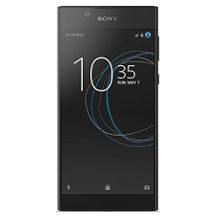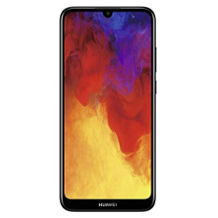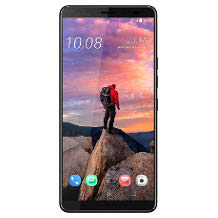IPhone purchasing advice: how to choose the right product
- What you need to know
- Despite the comparatively high cost, buying an iPhone is worthwhile thanks to its longevity and regular updates.
- The perfectly coordinated software and hardware offer an incomparably intuitive user experience.
- With the upcoming update to iOS 14, users can look forward to even more personalisation.
- From the affordable iPhone SE to the top-of-the-line iPhone 11 Pro with triple camera system, there is a model for everyone.
The royal class of smartphones
In recent years, the smartphone has become a central tool in our daily lives. We no longer use it only for communication or entertainment. Even everyday tasks such as banking or shopping are now done with the mobile phone. According to a study by the analytics platform App Annie, financial apps in particular are experiencing an enormous influx and while in 2018 smartphone users spent an average of three hours a day on their smartphones, in 2019 this figure had already risen to 3.7 hours.
The growing range of tasks requires constantly increasing functionality of the devices. On the one hand, manufacturers are trying to take this dynamic into account by regularly updating operating systems, but in the long term, the rapid development can only be countered with new devices. According to a survey by Greenpeace, users reach for a new model every two and a half years on average.
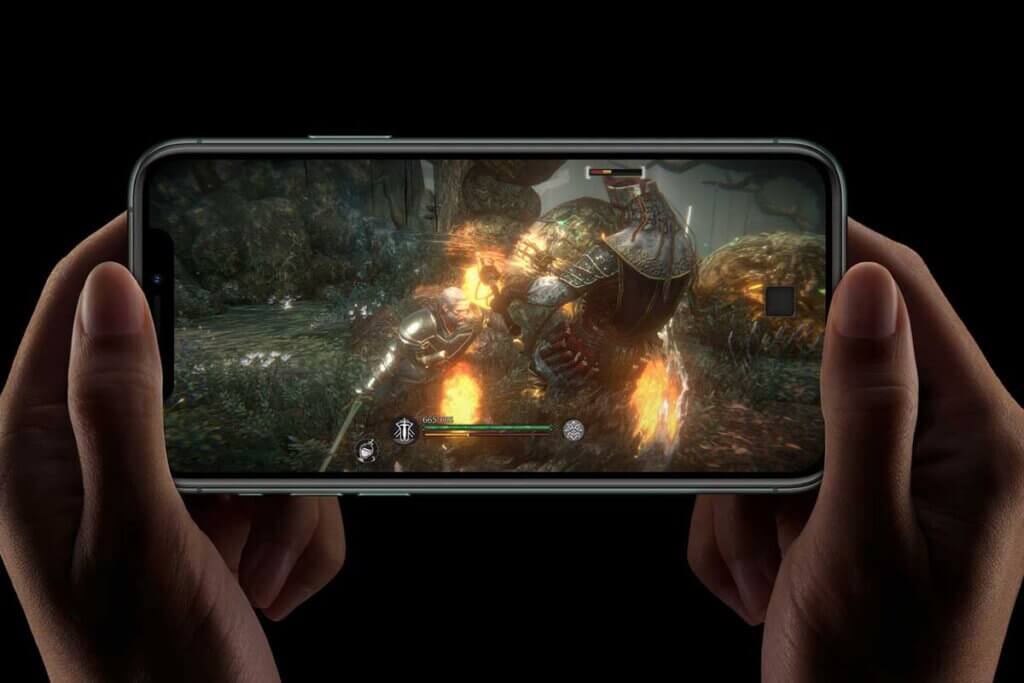
When it comes to mobile operating systems, there is basically only a choice between Android and iOS. Other systems such as Windows or Blackberry only have a combined market share of 0.2 percent, according to a study by the consulting firm Kantar. In Germany, Android was the clear market leader in September 2019 with 80.9 per cent, with iOS gaining two percentage points year-on-year to 18.9 per cent. The popularity of Android can be explained, among other things, by the fact that the operating system is used by several manufacturers such as Samsung or Huawei, while iOS runs exclusively on Apple iPhones.
What are the arguments in favour of the iPhone?
Apple’s devices are considered particularly secure and are also leaders in encryption and data protection. This is partly because the operating system, unlike Android, is not open. Another plus for the iPhones: hardware and software are optimally coordinated and that makes using the devices inimitably intuitive. This also applies to third-party apps – in order for them to be offered on iTunes, they have to strictly adhere to Apple’s guidelines. Moreover, thanks to regular updates, iPhones remain up-to-date for years, whereas with Android smartphones it depends on the device manufacturer whether updates are offered.
These are the advantages and disadvantages of iPhones compared to Android smartphones:
Pro points
- Perfectly coordinated hardware and software
- Intuitive UX even with third-party apps
- Regular updates
- High-quality workmanship
- Security
Drawbacks
- Comparatively expensive to buy
iOS 13 and 14 – an overview
iOS 13, which was released in autumn 2019, impressed with innovations such as Dark Mode, QuickPath and Look Around. Now iOS 14 is already around the corner, which once again expands the functionality and user-friendliness of Apple’s mobile operating system. The highlights include the revised widgets, which are now also displayed on the homescreen, a new media library app and a compact display of calls.
What functions are in iOS 13?
With iOS 13, Apple distinguishes for the first time between operating systems for iPhone and iPad. The company thus takes into account the special use of tablet computers and offers a new gesture control as well as multitasking functions that are tailored to the iPad. In addition to increased performance and speed, iOS 13 offers a number of new features that not only give the iPhone more individuality and variety, but also increase productivity.
Dark Mode
For years, the user interface of Apple devices was white. With iOS 13, users can switch to dark mode with a black or dark grey background and white text. This makes operation at night more pleasant for the eye and even saves battery power. Users who like variety can also set a time period in the control centre during which the dark mode should be activated. Dark Mode is not only available for the standard apps, but also for third-party apps.
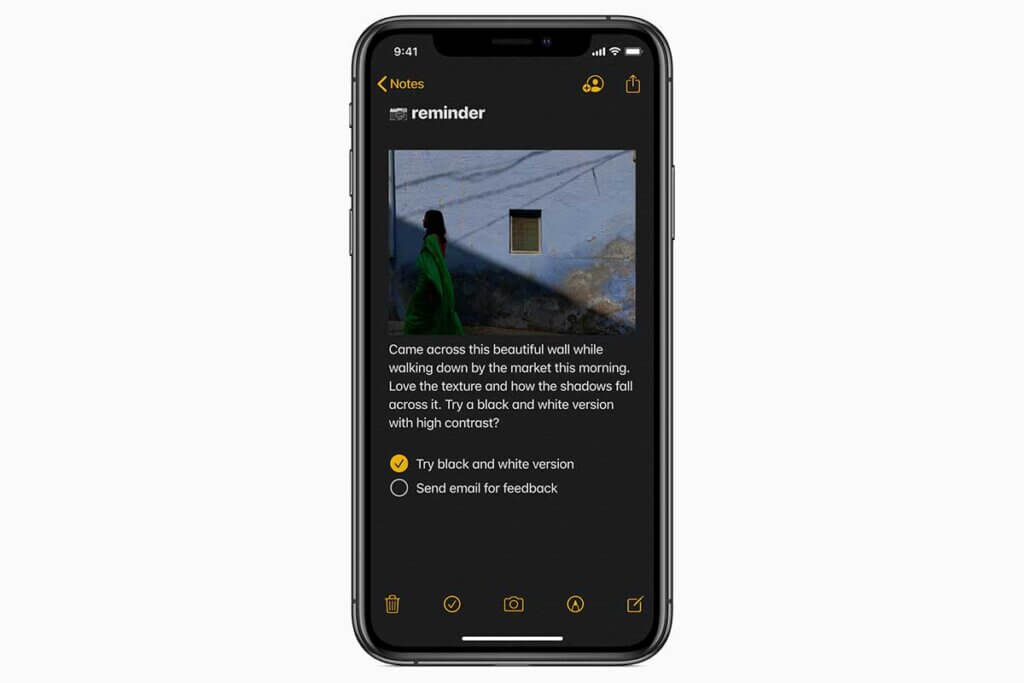
Wiping instead of typing
The practical function for fast typists is now also available for the iPhone: instead of tapping the letters individually, QuickPath allows words to be entered with a wiping motion that connects the individual letters. The keyboard then recognises the correct word, even if the user does not hit individual letters exactly. The function can be activated in the keyboard settings under “Swipe to type”.
Extended health functions
Health has long been an important topic at Apple, which is also noticeable in iOS 13. For example, the latest sporting activities can be clearly observed in the Health Trends and even the menstrual cycle can be monitored with the new cycle log. There were also additional features for the ears: to protect against too loud noise levels, the app monitors the volume of the iPhone headphones and warns of very loud ambient noise.
Improved picture organisation and more editing options for videos
The Photos app in iOS 13 automatically saves pictures by day, month, year, people and apps such as Instagram or WhatsApp. One photo or video at a time is displayed in the overview, and the videos and live photos are played automatically. This gives the app a very lively look and the new structure helps to find certain pictures more quickly. In addition, the photos can also be dragged larger while scrolling in the overview without having to open them. For videos, iOS 13 now also offers the same setting options as for photos – even rotations of the video files are possible in the 13 update.
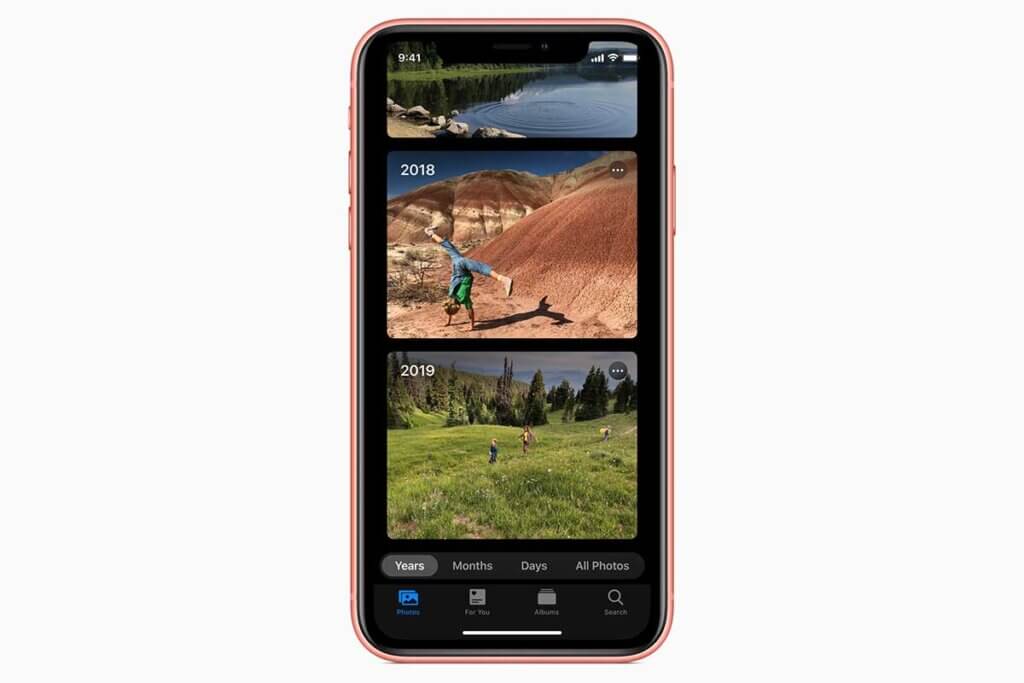
Context menu
Before iOS 13, apps could be moved by pressing and holding on the icon. Since the update, this no longer works directly; instead, a context menu opens first, which you can use to rearrange or split the app. Some apps even offer additional functions via the context menu. To delete apps, you still have to hold them down longer until the context menu is replaced by the familiar wiggle.
Fresh coat of paint for reminders
The Reminders app has received a completely new design with the iOS 13 update. Reminders are automatically categorised and can be completed with photos, documents and web links. In addition, Siri helps by offering to automatically create a reminder when certain messages are received.
Apple Maps now also with 3D function
When it comes to the map service, Apple competes with Google Maps. Look Around displays the surrounding area in 3D view – where Google already started to develop streets in 3D images years ago, Apple launched with it for the first time in the US in 2019 and worldwide in 2020. It will therefore still take some time before comparable coverage is achieved, but the function is certainly a gain. And from autumn 2020, iOS 14 is expected to offer even more helpful features, such as directions for cyclists or cooperation with travel guides for suitable recommendations.
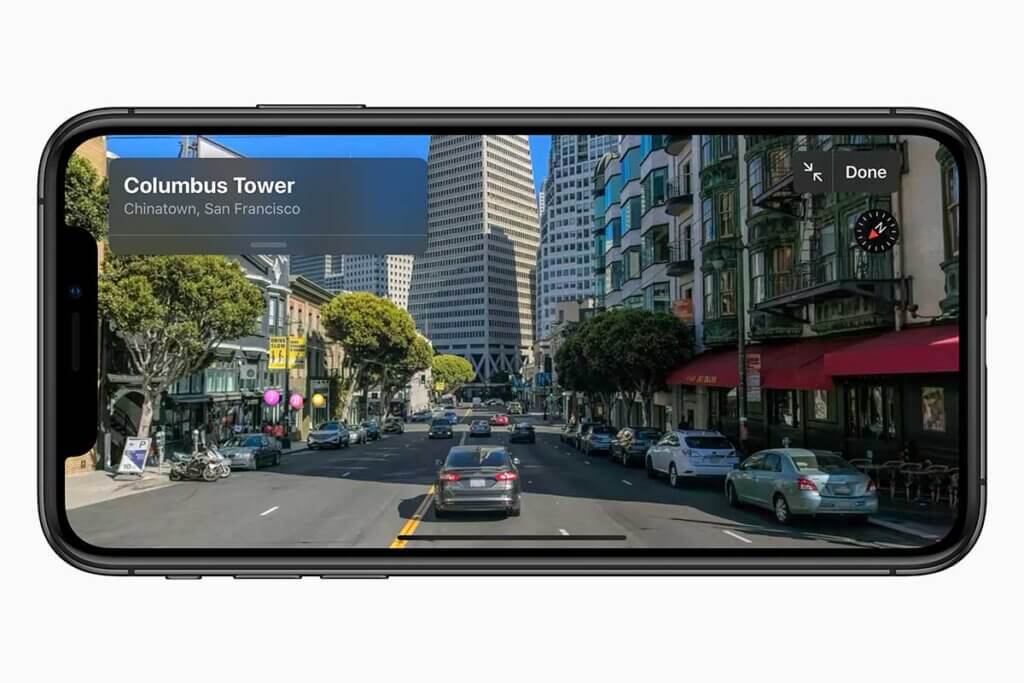
What will iOS 14 bring?
Apple’s developer conference WWDC 2020 took place on 22 June. This was traditionally heralded with the keynote speech by CEO Tim Cook, in which he announced the innovations for iOS 14, the successor to iOS 13. The update is to be released in autumn and promises an even more intuitive and personalised user experience. The innovations include configurable widgets, the display of calls in the notification panel, as well as improvements in iMessage and in the use of the wireless headphones AirPods.
For example, widgets can be configured, similar to what we know from the iPad. Size and position can be freely selected and it should even be possible to add intelligent widget stacks to the home screen. The widgets are to be displayed based on the apps most used at the time of day. What should please many users: If they receive a call via the iPhone, WhatsApp or another app, it will no longer take up the entire display, but will appear in a small window similar to a message, which they can use to accept or reject it. Even during a FaceTime call, the apps can still be used thanks to the picture-in-picture function. This also makes it possible, for example, to use another app while a video is playing and to continue watching it at the same time.
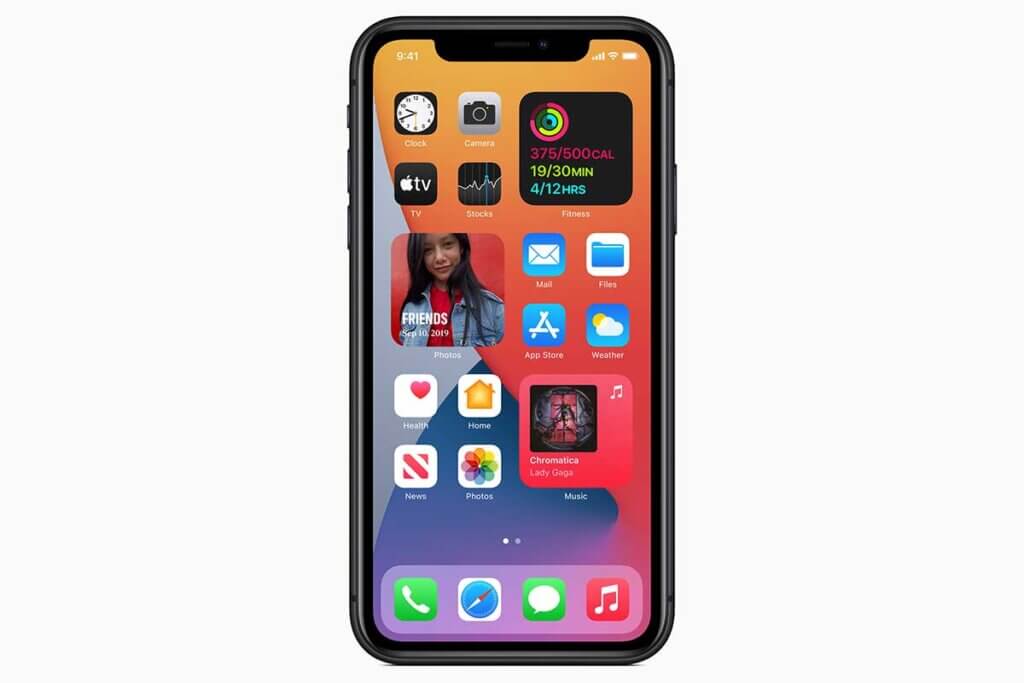
iMessage also gets useful new features like pinning the most important conversations for a better overview, mentioning contacts or replying directly to a specific message in a chat group. Thanks to extended options for designing one’s own Memoji, the Apple-Me can be personalised even better.
Improvements have also been announced for the AirPods, Apple’s wireless headphones: Here, the update promises a particularly spatial sound experience and easy switching of devices without manually switching the Bluetooth connection. In addition, the update is supposed to make it possible to adjust the sound to the hearing ability and to pair two pairs of AirPods with the same device at the same time.
The current iPhone generation
Not only the software, but also the iPhone hardware gets regular updates. The current eleventh generation consists of three models: The iPhone 11 is the standard model, with the iPhone SE Apple competes with the Android devices of the middle class and the iPhone 11 Pro is a top equipped top model. In addition, two models from the previous generation are still available: the iPhone XR and the iPhone XS.
iPhone SE
The iPhone SE is the most affordable current model. Despite the similarity to the iPhone 5, the iPhone SE is not comparable to the old model – with its A13 Bionic chip, it delivers just as much performance as the top model iPhone 11 Pro. It also runs the latest operating system, including the latest features.
The A13 Bionic chip also ensures really good pictures, even though the camera only has a single lens. 4K videos convince with razor-sharp image quality and for nostalgics, the iPhone SE still has the popular home button with Touch ID. With a screen diagonal of only 4.7 inches, it is the handiest of the iPhones.
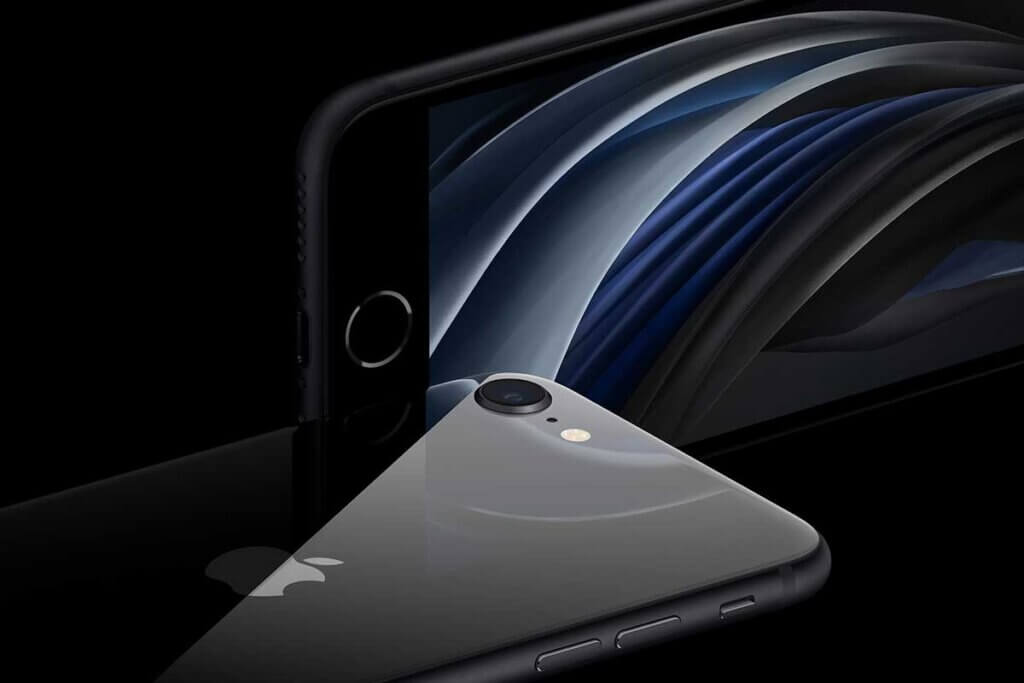
iPhone 11
The iPhone 11 came out in 2019 as the successor to the iPhone XR. Externally, the two models are hardly distinguishable, but the iPhone 11 has an ultra-wide-angle lens in addition to the main camera. In addition, the iPhone 11 is equipped with the powerful A13 Bionic chip, with which films, videos and games are displayed incredibly smoothly. The iPhone 11’s screen diagonal measures 6.1 inches, providing visibly more display space than on the iPhone SE with its 4.7-inch screen.
In addition, the iPhone 11 is equipped with Apple’s new U1 chip – this uses ultra-wideband technology, which allows users to easily share files with other people in the room via AirDrop. The special feature here is that if the user points his iPhone directly at another person, this person also appears first in the AirDrop list. In addition, the iPhone 11 impresses with its sound quality, because thanks to Dolby Atmos technology, the sound can be perceived three-dimensionally.
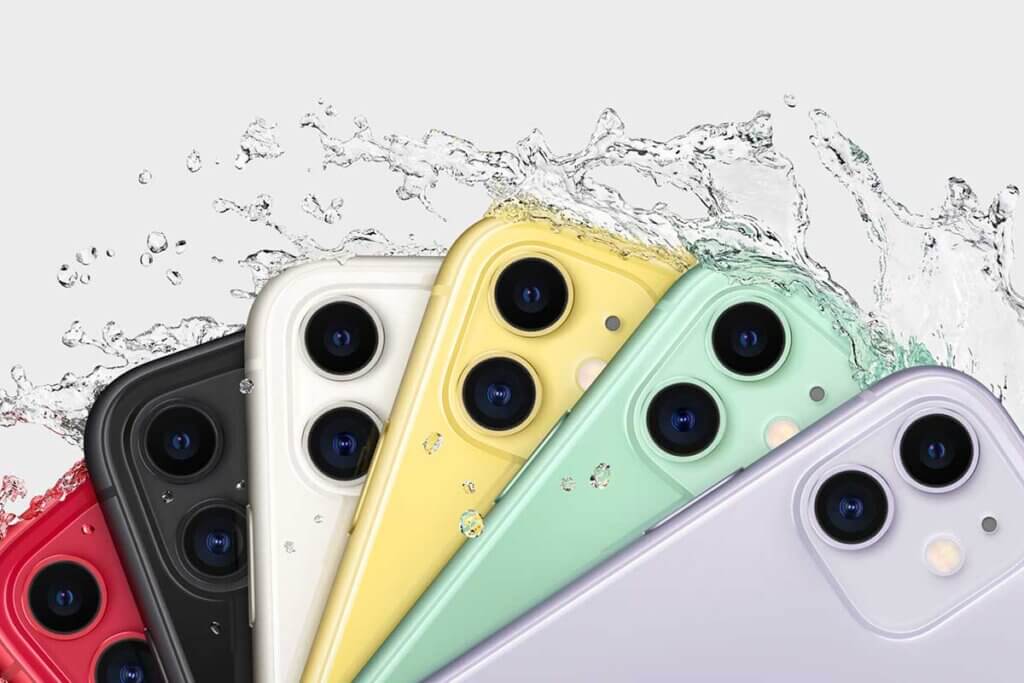
iPhone 11 Pro
The iPhone 11 Pro is the only model to offer three cameras at once – in addition to wide-angle and ultra-wide-angle, it has a telephoto lens built in that allows users to zoom in on distant subjects. This means that the iPhone 11 Pro offers a wide range of shooting options. The iPhone 11 Pro’s 4K video quality and video editing capabilities are also impressive.
In addition to the iPhone 11 Pro with a 5.8-inch screen, there is a particularly large variant, the iPhone 11 Pro Max with a screen diagonal of 6.5 inches. This is no longer suitable for a pocket, but the user benefits from the larger screen area, especially for video content, games and e-books. Apart from the screen size, the specifications of the iPhone 11 Pro Max largely correspond to those of the smaller iPhone 11 Pro.
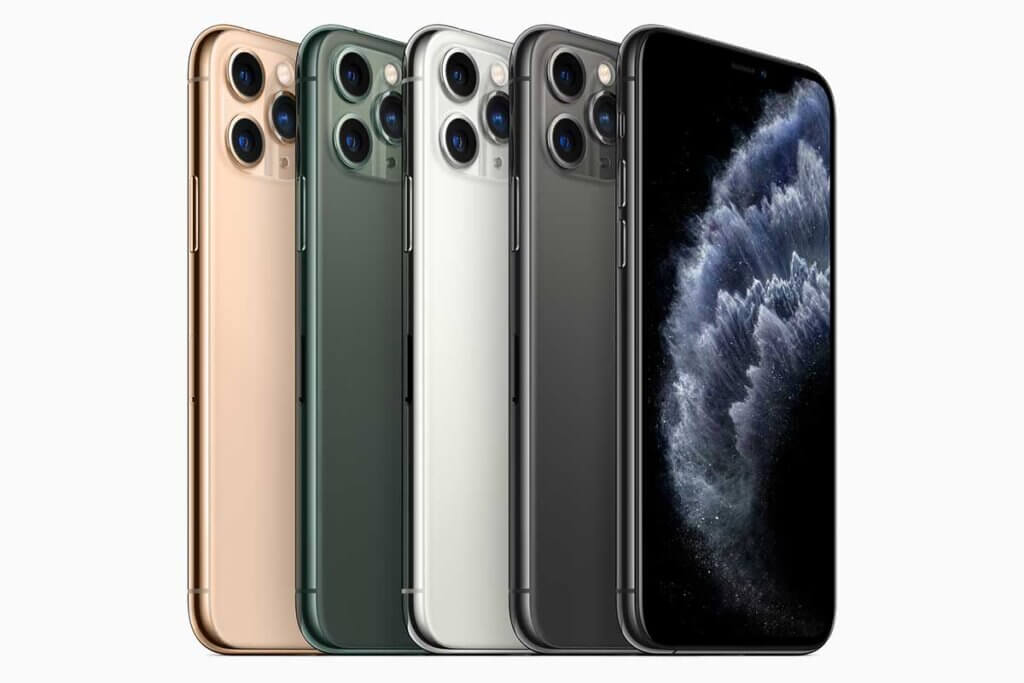
iPhone XR
The iPhone XR still has the A12 Bionic chip installed and, with only one wide-angle lens, does not come close to the photo quality of the 11 series. On the other hand, the 2018 model is cheaper and still impresses with high-quality 4K video recording and Liquid Retina HD display.
iPhone XS
The iPhone XS with A12 Bionic processor was also introduced in 2018. The difference to the iPhone XR lies in particular in the slightly more compact size and the OLED display technology. In addition, the iPhone XS has a wide-angle lens and a telephoto lens. With the market launch of the iPhone 11, the iPhone XS was taken off the market after only one year. It can still be purchased from authorised dealers, but Apple itself no longer sells it via its own website.
| iPhone SE | iPhone 11 | iPhone 11 Pro | iPhone XR | iPhone XS | |
|---|---|---|---|---|---|
| Colours | Black White Red | Purple Yellow Green Black White Red | Night green Silver Space Grey Gold | Blue White Black Yellow Coral Red | Silver Space Grey Gold |
| Size | 4,7 inch | 6,1 inch | 5,8 or 6,5 inch | 6,1 inch | 5,8 inch |
| Weight | 148 g | 194 g | 188 g | 194 g | 177 g |
| Display | Retina HD | Liquid Retina HD LCD | Super Retina XDR OLED | Liquid Retina HD LCD | Super Retina HD OLED |
| Chip | A13 Bionic | A13 Bionic | A13 Bionic | A12 Bionic | A12 Bionic |
| Video playback | Up to 13 hours | Up to 17 hours | Up to 20 hours | Up to 16 hours | Up to 14 hours |
| Number of cameras | 1 | 2 | 3 | 1 | 2 |
| Wide angle | x | x | x | x | x |
| Ultra wide angle | x | x | |||
| Telephoto | x | x | |||
| Authentication | Touch ID | Face ID | Face ID | Face ID | Face ID |
| Storage capacities | 64 GB 128 GB 256 GB | 64 GB 128 GB 256 GB | 64 GB 256 GB 512 GB | 64 GB 128 GB | 64 GB 256 GB 512 GB |
| Resolution Display | 1.334 x 750 pixels at 326 ppi | 1.792 x 828 pixels at 326 ppi | 2.436 x 1.125 pixels at 458 ppi | 1.792 x 828 pixels at 326 ppi | 2.436 x 1.125 pixels at 458 ppi |
What you should look out for when buying
iPhones are comparatively expensive, that’s a well-known fact. Nevertheless, it is worth investing in Apple quality. Because the devices are durable, remain up-to-date for years thanks to regular updates and Apple takes back used devices to recycle the materials or to refurbish and resell the used models. This is also worthwhile for the user, because he gets a new iPhone at a significantly reduced price.
Display
An important purchase criterion is the size of the display. Smartphone displays are getting bigger from generation to generation. This does not go down well with all users. People who like to put their phone in their pocket or have small hands want a device with a small touchscreen. Apple accommodates this customer group with the iPhone SE. The display diagonal of this device measures only 4.7 inches, so it is relatively compact. On the other side of the spectrum is the iPhone 11 Pro Max, which with a display diagonal of 6.5 inches does not have to hide behind the large top models of the competitors – it would not succeed with this size either.
Technology also plays a role in individual preferences. The cheapest variant is LCD (“Liquid Crystal Display”). Here, there are small liquid crystals in the screen that polarise the background light and illuminate the pixels accordingly. There is also OLED (“Organic Light Emitting Diode”) – with this technology, the pixels light up themselves and the entire display does not have to be activated. This leads to lower power consumption and the colour reproduction is more natural than with LC displays. In addition, the smartphones are thinner because they do not need a backlight.
Only the iPhone SE and the iPhone XR still use an LCD display. The 11-series iPhones and the iPhone XS are equipped with an OLED display.
Memory
How much memory a user needs depends entirely on the individual use of the smartphone. If you only want to communicate and surf the web with the mobile browser, you can safely go for the 64-gigabyte variant and save quite a bit of money. However, if you like to take photos, film or play games a lot, you should rather go for 256 gigabytes.
Camera
All iPhones have two cameras: a front camera above the screen for video calls and selfies and a camera on the back for high-quality photos and videos. Originally, both cameras had only one lens covering the wide-angle range. But with the 2018 models, iPhones with two lenses came onto the market for the first time. The second lens is an ultra-wide-angle lens, it helps the camera to have a particularly large field of view. The camera also uses it to create an artificial depth of field in photos. The resulting images are almost indistinguishable from those of an SLR camera. The camera of the iPhone 11 Pro even has three lenses. In addition to the wide-angle and ultra-wide-angle lenses, there is also a telephoto lens. This allows the camera to zoom in closer to the subject.
The resolution of the iPhone 11 and iPhone 11 Pro does not differ between the front camera and the rear camera. Both cameras have 12 megapixels. The iPhone SE, however, is equipped with a slightly worse front camera, it only has 7 megapixels. The camera on the front has 12 megapixels, just like the 11 iPhones.
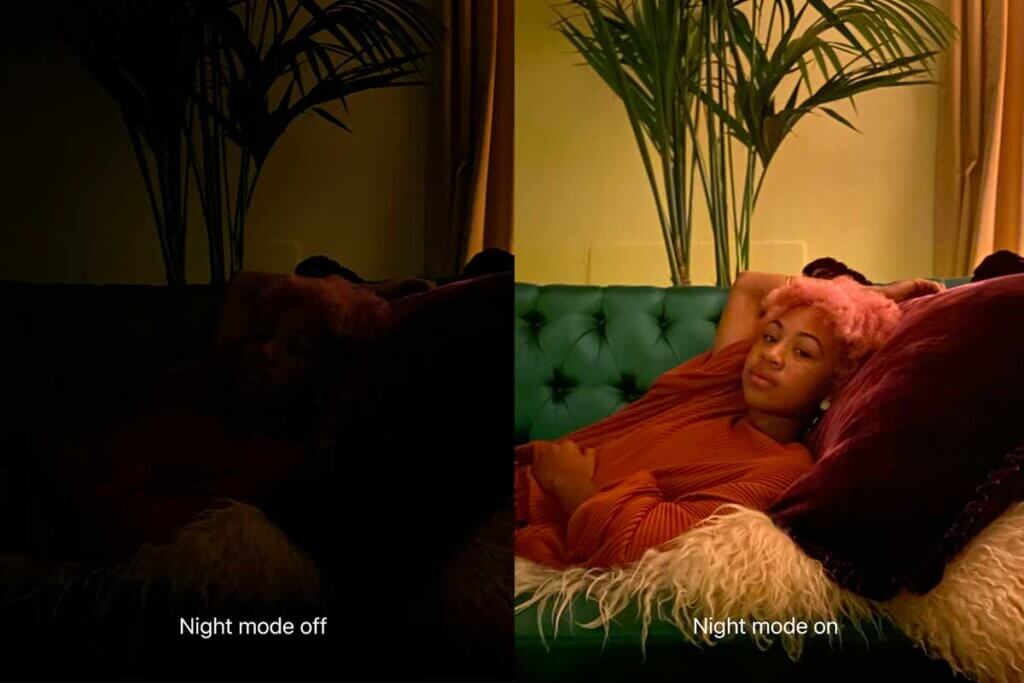
Performance
An increase in performance can also be seen in terms of the battery. The 11 models convince with very long battery runtimes, even when playing video and audio content. However, the slightly older models and the iPhone SE don’t have to hide either with a battery life of 13 hours and longer. The new A13 Bionic processor generation is largely responsible for the longer battery life of the latest iPhones. Thanks to the energy-efficient high-performance cores, the integrated graphics processor and the neural network hardware, the user experience is outstanding even with demanding games and apps.
Connectors
Controversy has already surrounded the omission of ports for headphones with the iPhone 7. Since then, the models have only had a Lightning port for charging and listening to music. In the meantime, there are rumours that a model without a connector will be introduced for the first time in 2021.
Which iPhone model is right for me?
If you want to spend as little money as possible but still don’t want to do without the iPhone, the iPhone SE is the model for you. It is the cheapest model and, in its second generation, impresses with the same high performance as the 11 series thanks to the built-in A13 Bionic chip.
For users with a creative streak and an affinity for breathtaking photos and videos, the iPhone 11 Pro is worth considering. Although it is by far the most expensive model, the incredibly high resolution, the triple camera system and the convincing display technology are simply fun. For frequent travellers and picture collectors, the model is even available with 512 gigabytes of storage space, so they really don’t have to worry about the amount of data stored anymore.
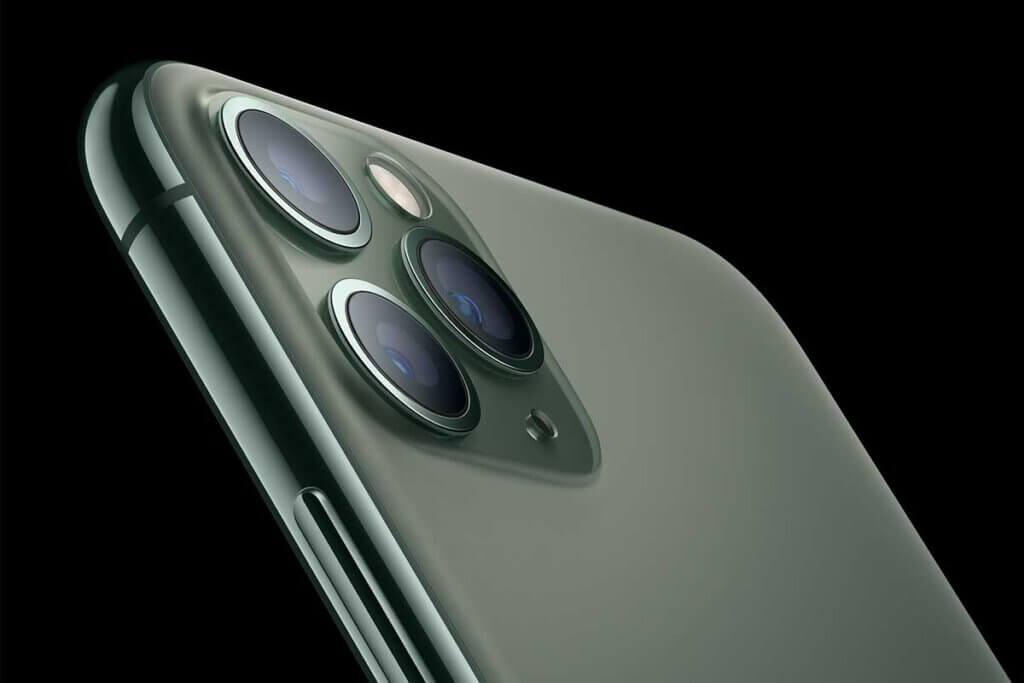
Those who don’t need the full professional recording technology but still don’t want to do without high performance and terrific display resolution are also very well advised to go with the iPhone 11 and save quite a bit of money compared to the Pro model. However, the iPhone 11 is only available with a screen diagonal of 6.1 inches, which takes some getting used to for users with smaller hands.
The iPhone XR is also a comparatively affordable variant, even if the model loses the price war against the iPhone SE. On the other hand, it is equipped with Face ID like the 11 series and impresses with a long battery life. It is cheaper because, as a 2018 model, it still has the predecessor of the A13 Bionic processor and only a camera installed and therefore does not quite match the performance of the latest models.
iPhone accessories
In addition to apps and new features, there are a number of accessories that can be used with the iPhone for various activities.
Health and fitness
The Apple AirPods and AirPods Pro with active noise cancellation are ideal for training – you don’t get tangled up in hanging headphone cables, nor do you have to worry about sweat damaging the on- or over-ear cushions. The fit of the headphones is so good thanks to different attachment sizes that it is unlikely that they will fall out during training.
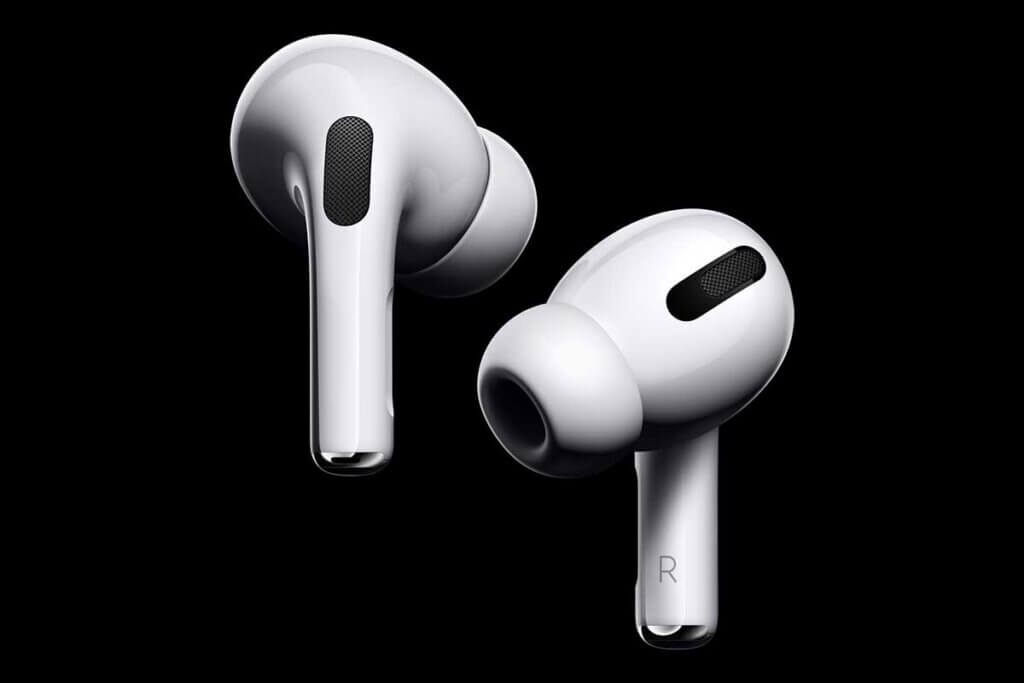
Also very practical are bike mounts especially for the iPhone, so that map services can be easily used while riding without the risk of losing the smartphone.
Creativity
Worth considering not only for musicians: an iPhone-compatible microphone guarantees sound recordings in the best quality. This also applies to podcasts, video chats or recording webinars.
Photography
The quality of iPhone camera systems is improving all the time, and the pictures taken by the latest models can now even compete with SLR cameras. Suitable accessories such as an iPhone tripod are indispensable. Drones for aerial photography, which can be controlled via the iPhone, are also becoming increasingly popular.
Photo storage in the cloud
Even with an iPhone model with little storage capacity, hobby photographers can take pictures without worrying about full memory thanks to iCloud. Each user receives five gigabytes of free storage and can expand it up to two terabytes for a small monthly fee.
Offers from Apple
In addition to accessories, there are special offers from Apple that can be used on the iPhones. Apple Music is now one of the biggest players on the music streaming market. The music selection is enormous and the music editorial department with its own curated playlists is convincing.
Apple is now also involved in streaming services for series and films. Apple TV plus primarily offers self-produced films and series with a regularly updated video library. Apple TV plus scores particularly well in terms of picture and sound quality thanks to 4K, HDR and Dolby Atmos.
Apple TV is a set-top box with which iTunes users can play content on their television set in full HD quality. The box is connected via HDMI and also offers the possibility of using YouTube or Flickr, for example, with integrated apps. In addition, with the help of Apple TV and the AirPlay function, content from the iPhone or iPad can be streamed on the television.
Images 1-11: © Apple

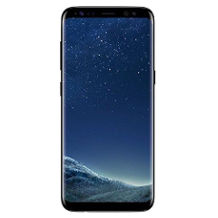
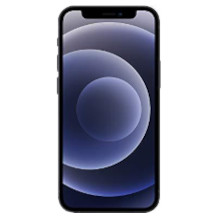
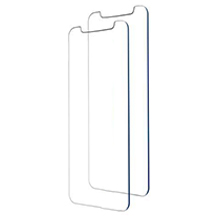








 no reviews
no reviews
